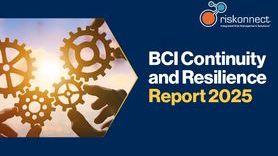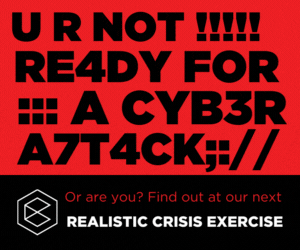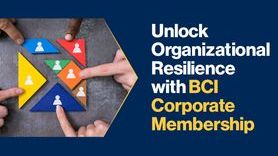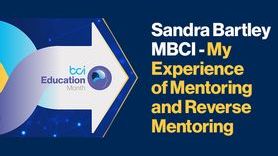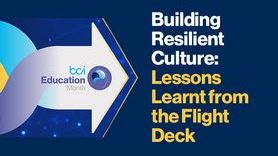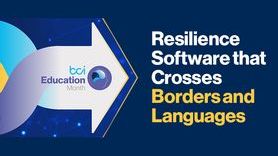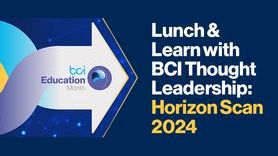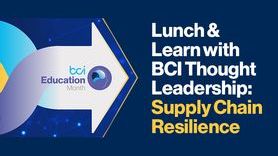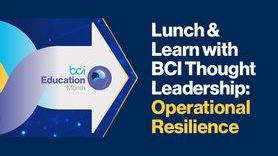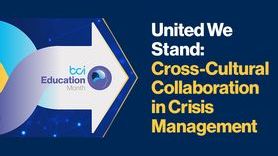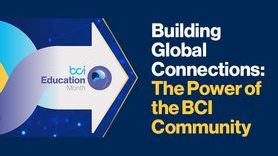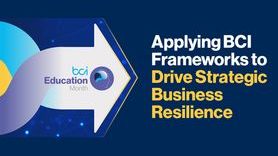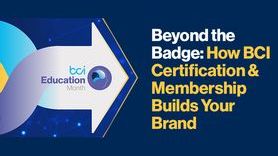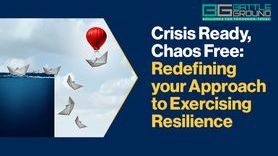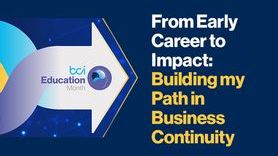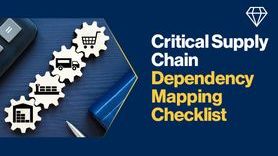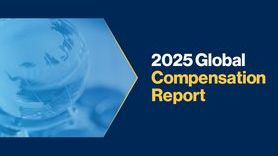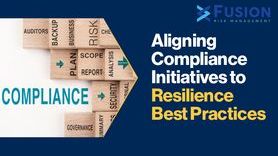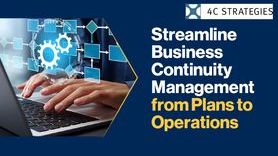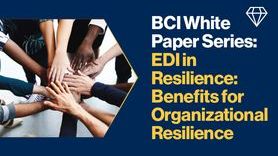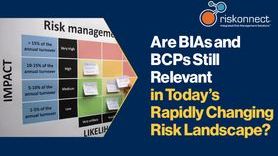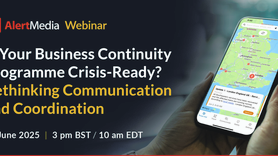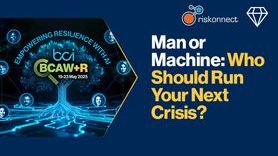From Tick-Box to Practice: The State of Continuity & Resilience in 2025
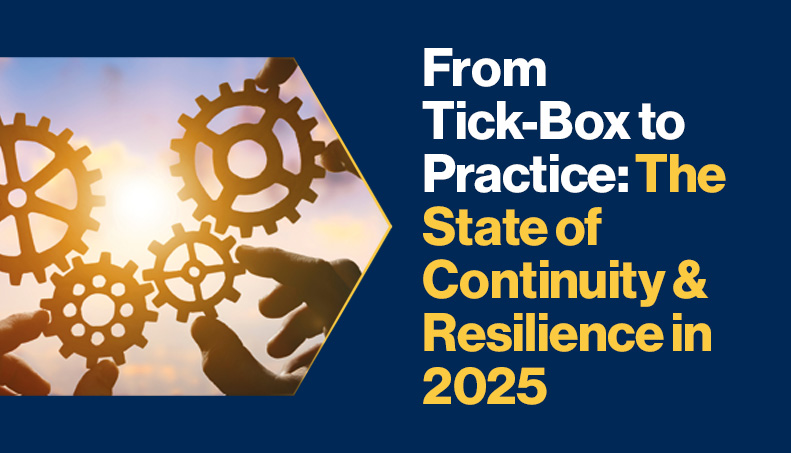
The Business Continuity Institute (BCI) today publishes its Continuity & Resilience Report 2025, an annual study tracking shifts in the profession and the current state of practice. This year’s findings confirm a consolidation toward flexible, effects-based preparedness, and a record high in organizations distinguishing business continuity (BC) and resilience as separate functions.
Recognition of resilience as a standalone function has now reached 45.5%, up from 39.4% in 2023, while those saying there is no difference between BC and resilience within their organizations fell to 40.2%. This clearer differentiation is helping organizations align strategic oversight with day-to-day operational readiness and embed resilience across people, processes, and technology.
The report confirms, for second year running, that BC is returning to its historical roots, with managers focusing more on core operational outcomes such as exercising and testing response and recovery strategies, minimizing internal impact during disruptions and developing response and recovery plans. As resilience roles mature, BC’s operational accountability remains central to organizational uptime and recovery.
Board engagement and resourcing also continue to strengthen amid global volatility and increased disruption. 45.4% of organizations now have a dedicated resilience lead reporting directly to the board, and 65.5% report increased financial and/or resource support for BC and resilience. Practitioners still want deeper board-level representation, and reporting lines are shortening, especially in regulated sectors, improving visibility and decision speed.
Modern skills
The modern BC manager combines technical acumen with strong interpersonal skills. Problem-solving leads the skills list, followed by process orientation, communication, experience, and collaboration, highlighting the role as a critical bridge between technical teams and senior leadership.
The use of technology
Technology adoption remains uneven. Collaboration and alerting tools lead, while uptake of BC planning SaaS, risk assessment platforms, and in-house solutions signals a gradual shift toward integrated, data-driven ecosystems. Yet many organizations still rely on spreadsheets, underscoring the need for modernization amid ongoing budget constraints.
Into the future
Looking ahead, 95% of organizations are moving toward "incident-agnostic" planning, preparing for effects rather than causes. These new flexible response capabilities are anticipated to be the main change over the next five years. Respondents also anticipate rising emphasis on senior management attention, cross-team collaboration, and board-level support. The message is clear: real resilience demands real capabilities, not just compliance documentation.
Maria Florencia Lombardero Garcia, Thought Leadership Manager BCI said: “organizations are increasingly distinguishing between business continuity and resilience, not only to meet regulatory requirements but to deliver real outcomes. Combined with the shift toward incident-agnostic planning, this signals a move from paperwork to practical capability. Board engagement and resourcing are rising as awareness grows of the value of BC and resilience, particularly in a context of mounting volatility and disruption. The priority now is to convert that momentum into executable readiness across people, processes, and technology, so organizations are better prepared for the challenges of today and tomorrow”.
Quote from Riskonnect
“Resilience has become a defining capability for modern organizations, no longer just about plans and procedures, but about influence, adaptability, and leadership,” said John Verdi, Senior Director, Professional Services at Riskonnect. “This year’s report highlights how the profession is evolving, and we’re proud to sponsor this research with the BCI to give organizations insights they can act on to build resilience for the future.”
The Continuity & Resilience Report 2025 provides benchmarking data, practical insights, and guidance to help organizations operationalize resilience, clarify roles, and invest where it matters most.
Download the report

